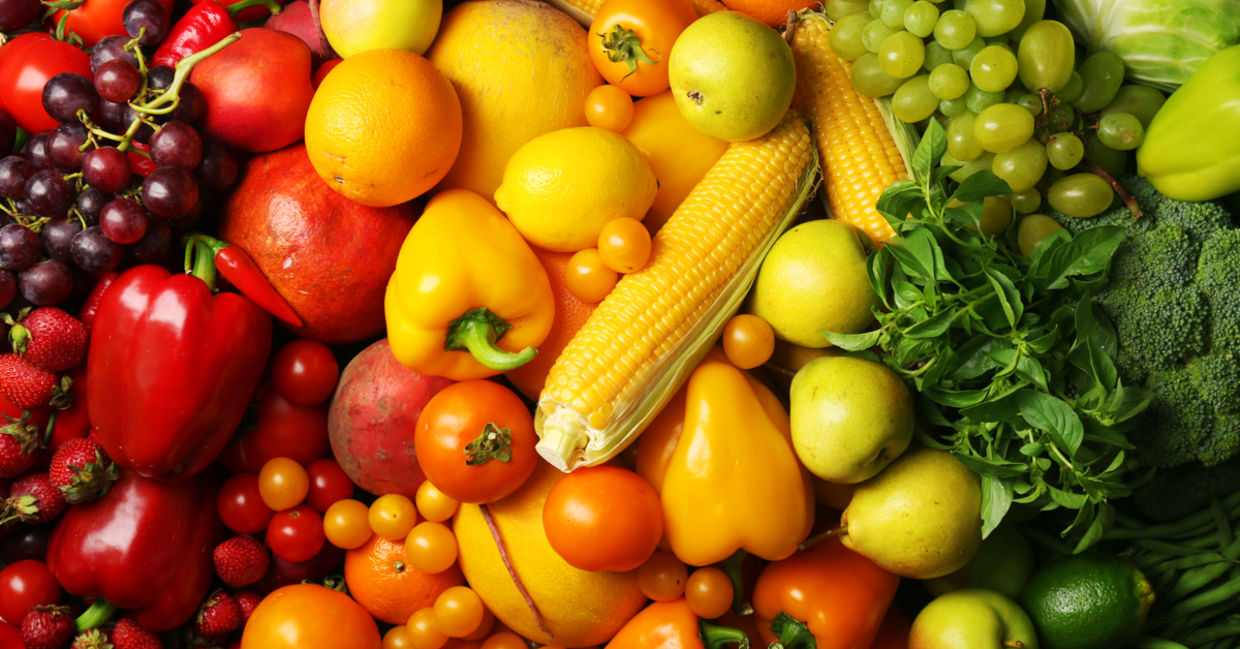
(Africa Studio / Shutterstock.com)
Eating the rainbow of different colored fruits and vegetables is a fundamentally healthy way to eat. This isn't just another fad diet like only eating white food or the grapefruit diet. Our bodies need a variety of vitamins, minerals, and phytochemicals to stay healthy, and nature has color coded these for us.
Why is this so important? According to a report based on the data from the National Health and Nutrition Examination Survey, 8 out of 10 people in the US and not eating enough of any of the phytochemicals needed for good health.
People tend to repeatedly eat the foods they like and miss out on a host of health benefits that come from consuming a wide range of fruits and vegetables. The easiest way to assure you eat what you need is to eat the rainbow and have two servings a day from every color group according to the Victoria State (Australia) government's Better Health Channel.
Here's a color guide to eating as nature intended:
Red
Red fruits and vegetables are nature's powerhouse on nutrition and benefits. Containing phytochemicals – including lycopene and ellagic acid – red foods have cancer-fighting benefits, could reduce the risk of diabetes and heart disease, and a host of other benefits. Watermelon is surprisingly even higher in lycopene than tomatoes.
Healthy red foods include tomatoes, red pepper, red onions, radish, red beans, beets, strawberries, raspberries, cranberries, watermelon, rhubarb, red apples, cherries, and pomegranate.
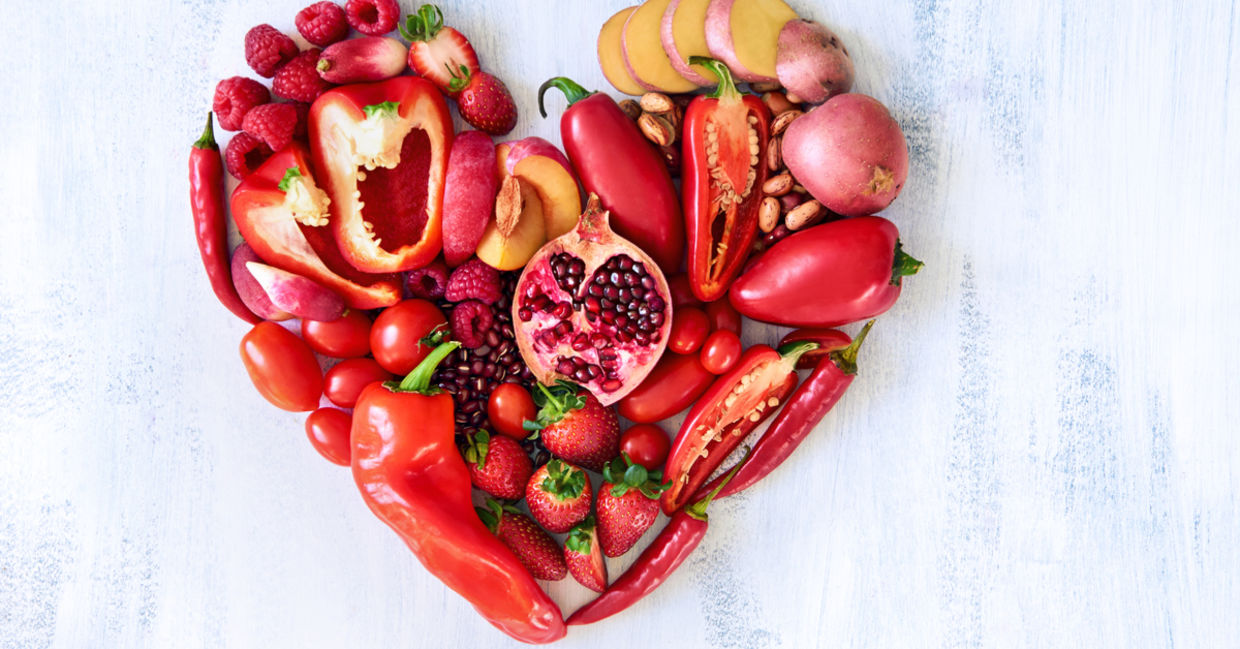
(Daxiao Productions / Shutterstock.com)
Orange and Yellow
Orange and yellow fruits and vegetables are packed full of nutrients. They are rich in Vitamin C and carotenoids, including beta-carotene, which promotes healthy vision and cell growth. Citrus fruits contain hesperidin that increases blood flow and could help prevent strokes.
Healthy orange and yellow foods include the vitamin A superfoods (pumpkin, winter squash, sweet potatoes and carrots), sweet corn, yellow summer squash, yellow and orange peppers, orange lentils, citrus fruits (lemons, oranges, grapefruit, and pomelos) pineapple, star fruit, papayas, cantaloupe, peaches, and apricots.
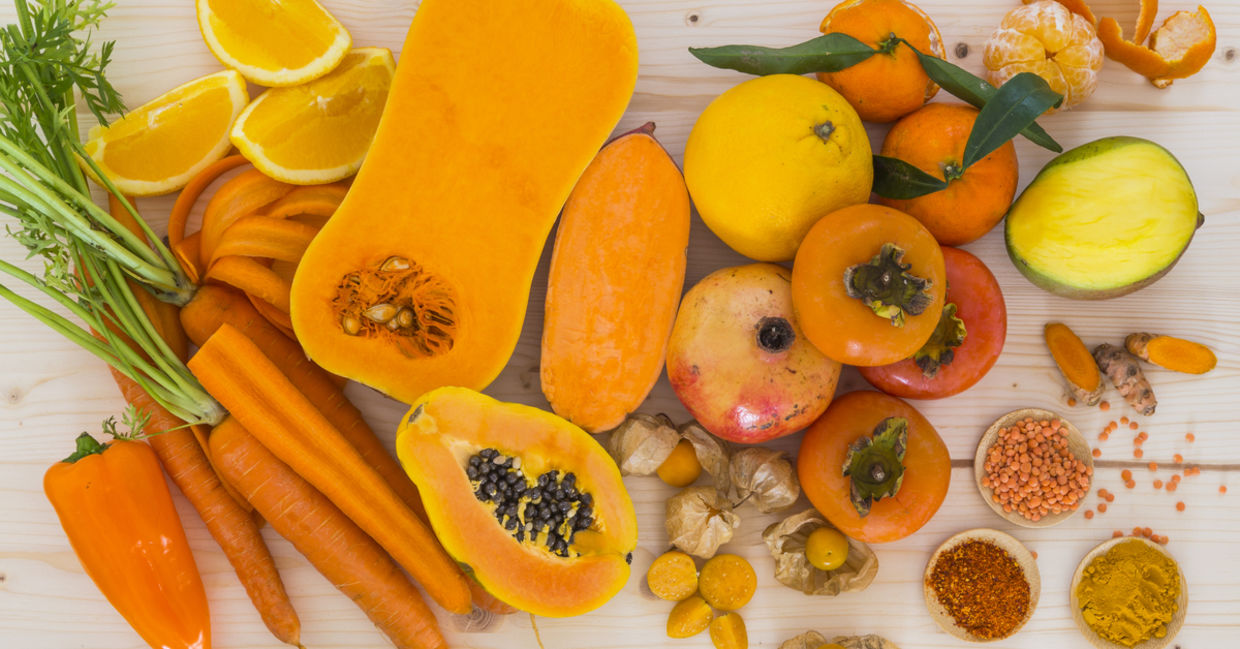
(Luke SW / Shutterstock.com)
Green
Green colored fruits and vegetables are some of the healthiest foods you can eat. They are rich in lutein, isothiocyanates, isoflavones, and vitamin K, which is essential for blood and bone health. Leafy green vegetables are loaded with antioxidants and folates: a nutrient that is especially valuable for pregnant women. Greens like Kale has as much calcium as milk and cruciferous vegetables, like broccoli could enhance your immune system and contain properties that could block cancer.
Healthy green vegetables and fruits include leafy vegetables (kale, romaine lettuce, collard greens, spinach, swiss chard, bok choy, and arugula), broccoli, brussels sprouts, asparagus, zucchini, edamame, green beans, celery, cucumbers, peas (green peas, snow peas, snap peas), avocado, kiwi, green grapes, and green apples.
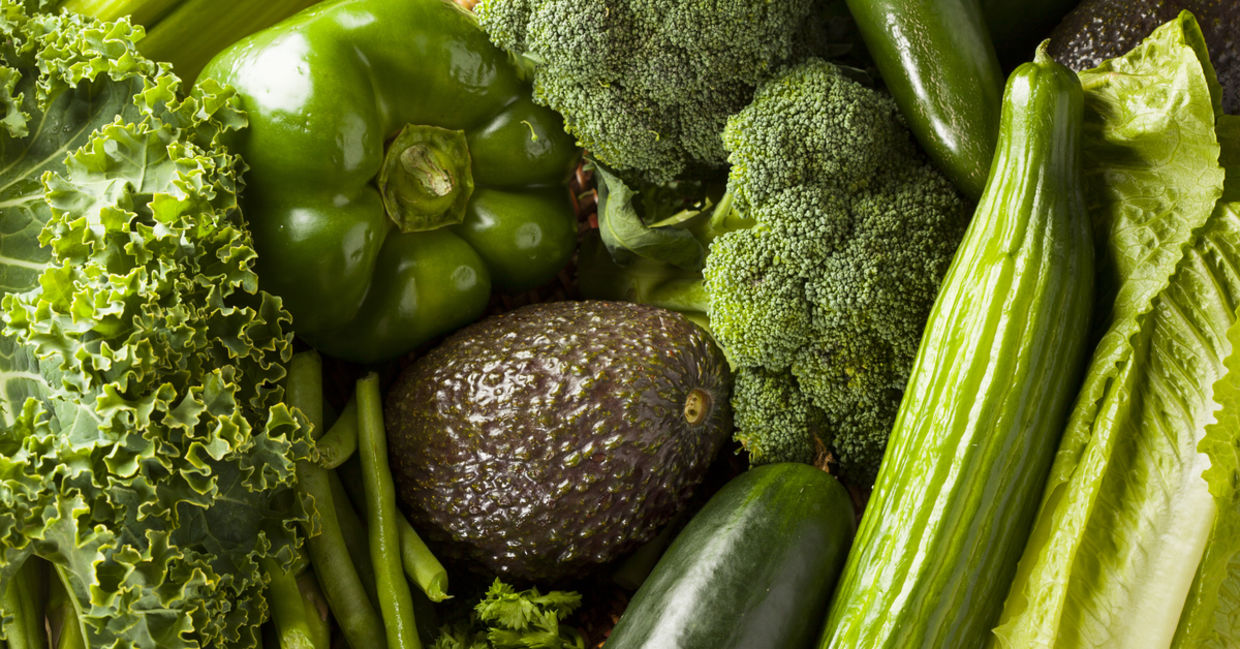
(Brent Hofacker / Shutterstock.com)
Blue and Purple
Blue and purple foods contain anthocyanins, powerful antioxidants that may help protect cells from damage and could reduce the risk of cancer, stroke, and heart disease. Beetroot, radishes, and purple cabbage are full of nitrates that can help lower blood pressure naturally. Fruits – the darker, the better – contain phytochemicals that are known to repair damage from stress and inflammation.
Healthy purple food includes eggplant, purple cabbage, beetroot, radishes, purple carrots, black olives, berries (blueberries and blackberries), passionfruit, purple grapes, purple plums, prunes, and dark cherries.
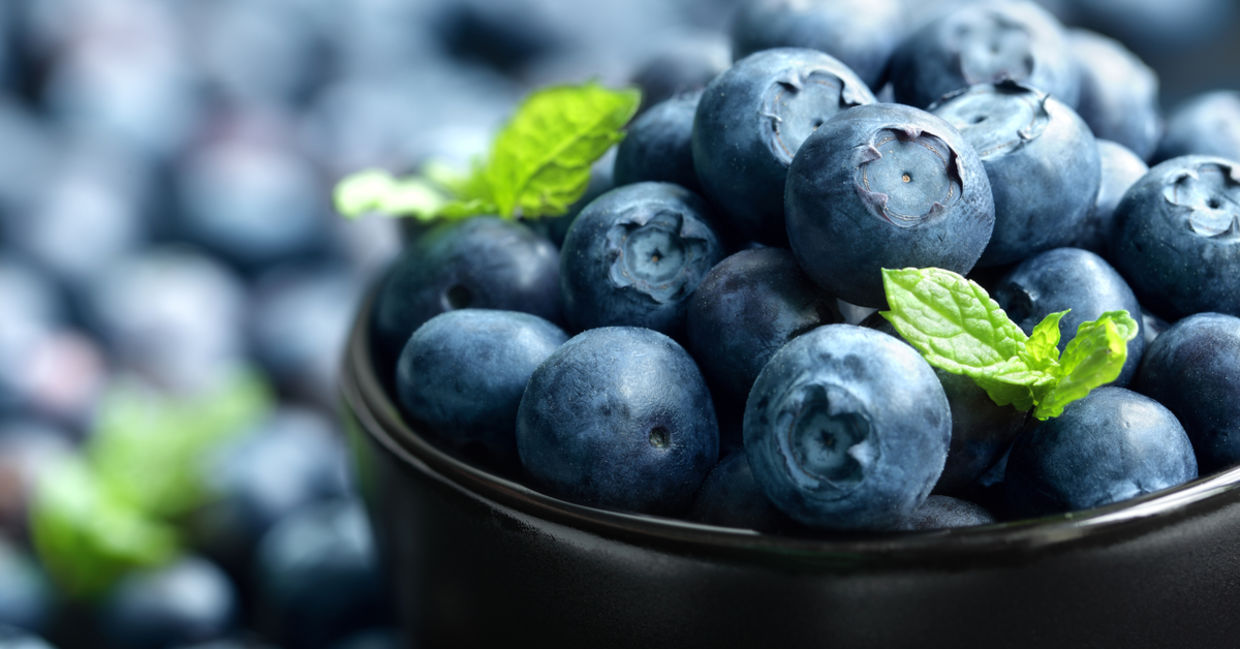
(Brian A Jackson / Shutterstock.com)
White and Brown
While these foods are not as bright as the other colors, they still contain helpful nutrients. Cauliflower is a cruciferous vegetable rich in a healthy compound called sulforaphane. Garlic and onions are in the allium family of vegetables and contain the powerful compounds allicin and quercetin that help to reduce the risks of cancer and have anti-inflammatory properties. And selenium – found in mushrooms – plays a key role in supporting the immune system. Great white foods to eat include cauliflower, garlic, shallots and onions, leeks, parsnips, white beans (cannellini, lima beans, navy beans, soybeans), bananas (considered white) lychees, white peaches, and white nectarine. Super brown foods include potatoes, brown lentils, mushrooms, Jerusalem artichoke, dates and Bosc pears.
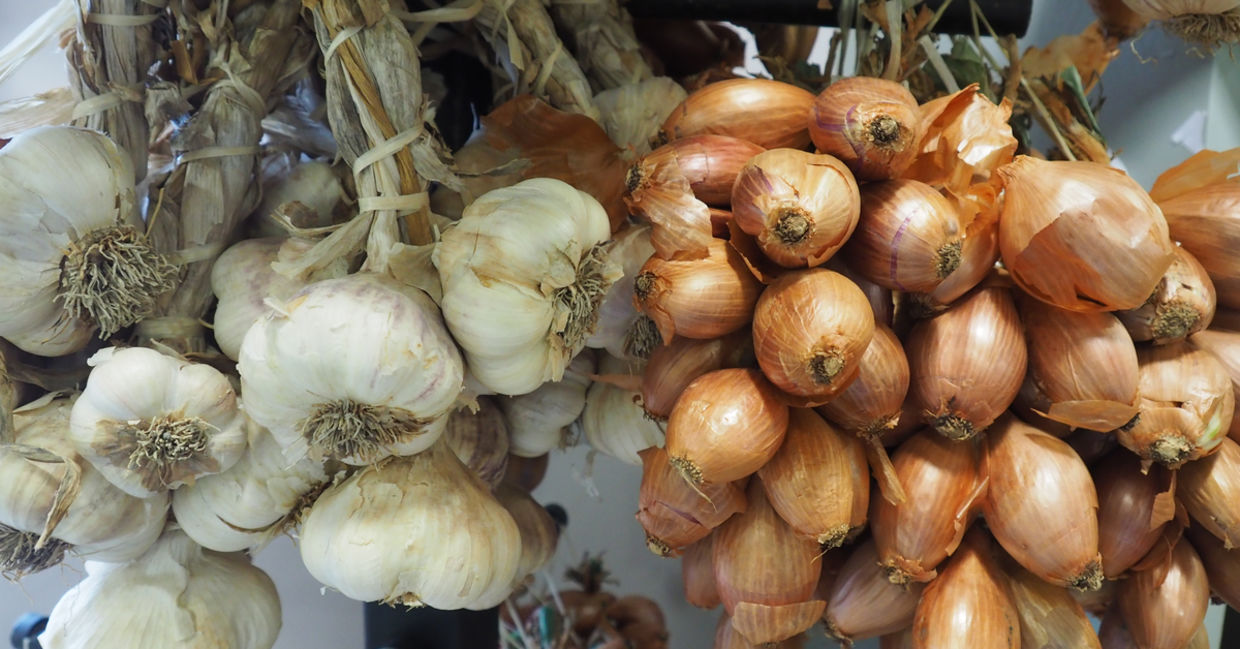
(B Ledge / Shutterstock.com)






